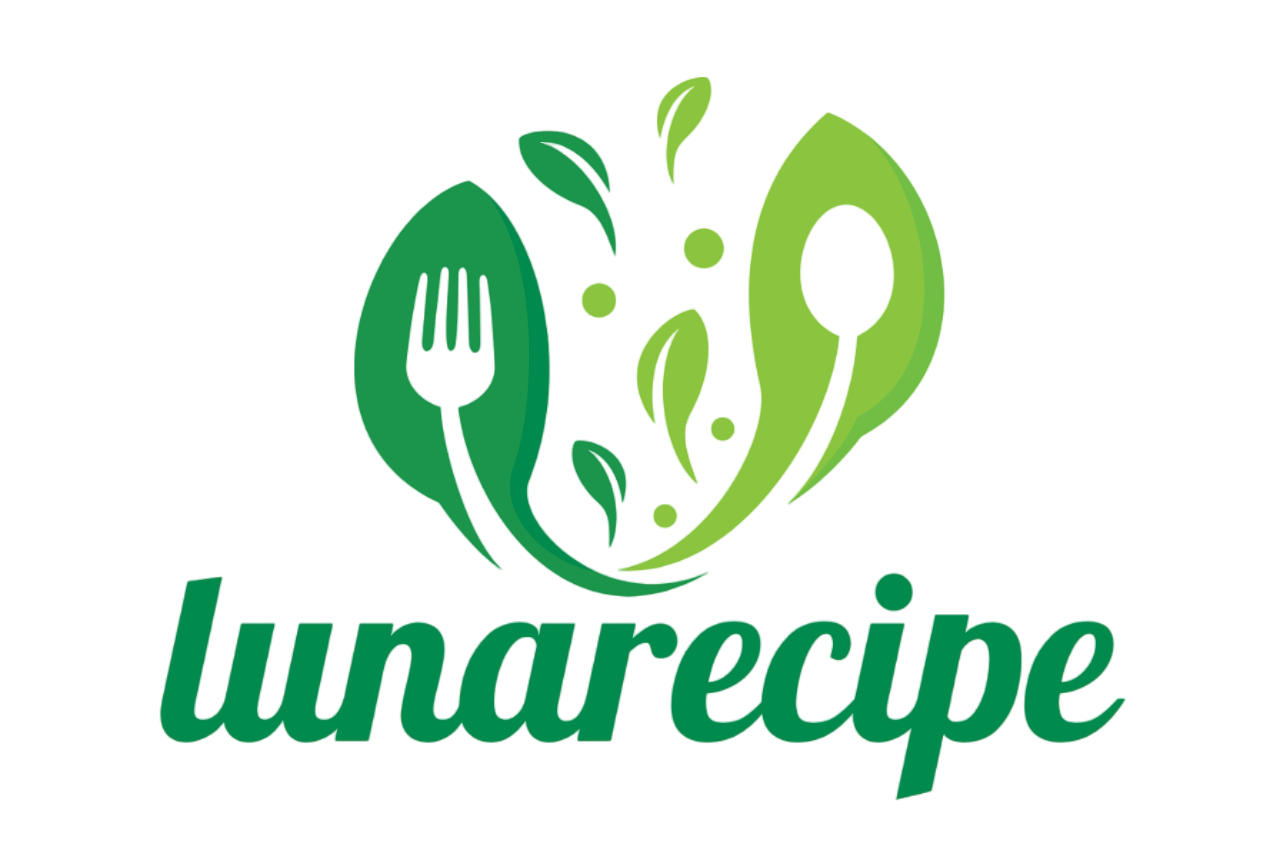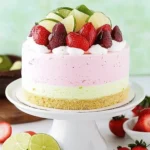The rich, smooth butterscotch filling in this pie is perfectly complemented by a crisp, flaky pie crust. Topped with a dollop of whipped cream, each bite offers a luxurious balance of sweetness and creaminess.
This dessert is a crowd-pleaser at any gathering. Its creamy, melt-in-your-mouth texture and the satisfying caramel-like flavor of the butterscotch make it a delightful choice for special occasions, family dinners, or simply satisfying your sweet tooth. You can even top it off with a sprinkle of caramel sauce or a pinch of sea salt for an extra layer of flavor.
Full Recipe:
-
1 pre-made pie crust (9 inches)
-
1 cup brown sugar
-
1/4 cup all-purpose flour
-
1/4 teaspoon salt
-
2 cups whole milk
-
2 large egg yolks
-
1 tablespoon unsalted butter
-
1 teaspoon vanilla extract
-
Whipped cream for topping (optional)
Directions:
-
Preheat the oven to 350°F (175°C).
-
In a saucepan, whisk together brown sugar, flour, and salt.
-
Gradually add milk to the dry ingredients while whisking until the mixture is smooth.
-
Cook the mixture over medium heat, whisking constantly, until it thickens, about 8–10 minutes.
-
In a separate bowl, beat the egg yolks. Slowly add a bit of the hot mixture to temper the yolks, then pour the egg mixture back into the saucepan.
-
Continue to cook and whisk for 2-3 more minutes until the mixture thickens further.
-
Remove from heat and stir in butter and vanilla extract until smooth.
-
Pour the butterscotch filling into the pie crust and smooth the top.
-
Let the pie cool to room temperature, then refrigerate for at least 3 hours or until set.
-
Top with whipped cream before serving, if desired.
Prep Time: 15 minutes | Cooking Time: 10 minutes | Total Time: 25 minutes (plus cooling time)
Kcal: 380 kcal | Servings: 8 servings
History and Origin
Butterscotch Pie has its roots deeply embedded in traditional American baking. The exact origins are somewhat hazy, but it’s widely believed that the recipe first appeared in the mid-20th century in American kitchens, alongside the rise of other classic custard pies like coconut cream and lemon meringue. The term “butterscotch” itself dates back to the 18th century, originating in England, where “scotch” referred to a method of boiling sugar with butter to create a caramel-like sauce. Over time, this method became popular in pie-making, with American bakers perfecting their own versions that often involved a rich custard filling thickened with eggs and flour.
The appeal of Butterscotch Pie comes from its familiar, comforting flavor profile—rich butterscotch, buttery pie crust, and a velvety texture. This pie also represents a quintessential American approach to home-baked goods: simple, wholesome ingredients that are easy to source and prepare. Today, it’s still beloved for its nostalgic appeal and easy preparation. Whether it’s served as a holiday dessert or as a sweet treat after a family dinner, Butterscotch Pie brings back fond memories of the past while remaining a deliciously relevant dessert in the modern day.
Variations and Adaptations
While the classic Butterscotch Pie remains a favorite, it can also be adapted to fit different tastes and dietary preferences. The traditional version uses whole milk and butter, but there are many variations where these ingredients can be swapped for alternatives.
For a dairy-free version, you can use coconut milk or almond milk in place of whole milk and dairy-free butter instead of the regular butter. This maintains the creamy texture of the filling while keeping it suitable for those with lactose intolerance or a dairy allergy.
Another variation involves the pie crust—while a pre-made, buttery pie crust is the norm, some bakers may choose to use a graham cracker crust for a lighter, crunchier texture. Alternatively, for a gluten-free version, gluten-free graham cracker crumbs or a gluten-free pie crust can be used.
In some regions, particularly in the southern U.S., you might find Butterscotch Pie served with a meringue topping instead of whipped cream. The meringue adds a light, airy contrast to the rich, dense custard filling and creates a visually stunning dessert.
For a more indulgent twist, some people add a layer of chocolate ganache at the bottom of the pie before adding the butterscotch filling, creating a rich chocolate-butterscotch combination that’s hard to resist.
Nutritional Information
While Classic Butterscotch Pie is undeniably delicious, it’s also important to consider its nutritional profile. With its rich, buttery filling and flaky pie crust, this dessert is indulgent, offering a satisfying treat for special occasions.
Calories: A typical slice of Butterscotch Pie (1/8th of the pie) can contain anywhere from 300 to 400 calories, depending on the size of the slice and the specific ingredients used. The calorie count is primarily derived from the pie crust, butter, and sugar, with the filling contributing a good portion of the overall calories.
Macronutrients:
-
Carbohydrates: The sugar and flour used in both the crust and the filling contribute the majority of the pie’s carbohydrate content, which can range between 40–50 grams per slice.
-
Fat: The butter and pie crust contribute to the fat content, which can range from 20 to 25 grams per slice, with about 10 grams of saturated fat.
-
Protein: While the pie isn’t a significant source of protein, it contains a small amount—around 3–5 grams per slice—thanks to the eggs used in the filling.
Micronutrients:
-
Calcium: The use of milk and butter provides a small amount of calcium, which is essential for bone health.
-
Vitamin A: The butter and egg yolks in the pie contribute some Vitamin A, which is important for maintaining healthy vision and immune function.
-
Iron: The pie also contains a modest amount of iron, which is crucial for oxygen transport in the blood.
Although this pie is a sweet indulgence, it’s best enjoyed in moderation due to its high sugar and fat content. For those looking for a lower-calorie version, reducing the sugar or using a lighter crust can help cut down on some of the calories.
Advertisement
Serving Suggestions and Pairings
Classic Butterscotch Pie is a rich and creamy dessert, and it pairs wonderfully with a variety of beverages and side dishes. Here are some creative serving ideas:
-
With a Cup of Coffee or Tea: The sweetness of the pie is perfectly balanced by a hot cup of black coffee or a strong tea like Earl Grey. The bitterness of the coffee contrasts beautifully with the richness of the butterscotch filling, making each bite of pie even more satisfying.
-
With a Scoop of Vanilla Ice Cream: If you’re looking to add an extra layer of indulgence, serve your pie with a scoop of vanilla ice cream. The cold creaminess of the ice cream complements the warm butterscotch filling, creating a harmonious balance of textures and temperatures.
-
Fresh Berries on the Side: For a refreshing contrast, serve the pie alongside fresh berries like raspberries or strawberries. The slight tartness of the berries provides a refreshing balance to the rich, sweet filling.
-
Topped with Whipped Cream or Meringue: While whipped cream is the traditional topping for Butterscotch Pie, some may prefer a lighter, fluffier option like meringue. This is especially popular in southern U.S. variations of the recipe, where meringue is baked on top of the pie for a beautiful golden finish.
Tips and Tricks for Success
-
Tempering the Eggs: When adding the egg yolks to the hot butterscotch mixture, make sure to temper the eggs by gradually adding a small amount of the hot mixture to the yolks before pouring it back into the pot. This helps prevent the eggs from curdling.
-
Perfect Pie Crust: If you’re using a store-bought pie crust, be sure to pre-bake it to prevent it from getting soggy. Blind-baking ensures that the crust remains crisp, even with the rich, creamy filling.
-
Watch the Heat: When cooking the butterscotch mixture, be sure to keep the heat on medium to avoid scorching the sugar. Stir constantly to ensure the mixture thickens evenly and doesn’t burn.
-
Cool Completely: Let the pie cool to room temperature before refrigerating. If you refrigerate it while it’s still too warm, it might lose its perfect texture, and the filling may separate from the crust.
Potential Health Benefits
While Classic Butterscotch Pie isn’t typically considered a health food, it does contain ingredients that offer some nutritional benefits. For example, the milk and eggs used in the filling provide a good source of protein, calcium, and Vitamin D. The butter, though high in fat, also offers fat-soluble vitamins like Vitamin A. And when enjoyed in moderation, this indulgent pie can be a satisfying way to balance life’s sweet moments with the nutrients your body needs.
Conclusion
Classic Butterscotch Pie is more than just a dessert; it’s a slice of nostalgia that brings comfort and warmth to any occasion. Whether you’re enjoying it at a family dinner, a holiday gathering, or just as a sweet treat, this pie delivers rich flavor and creamy texture in every bite. The recipe is easy to prepare, yet the result is a luxurious dessert that’s sure to impress. With its timeless appeal, Butterscotch Pie remains a beloved classic that everyone should try at least once. So, gather your ingredients, preheat your oven, and get ready to indulge in this delightful dessert—because sometimes, the simplest recipes are the ones that bring the most joy.






